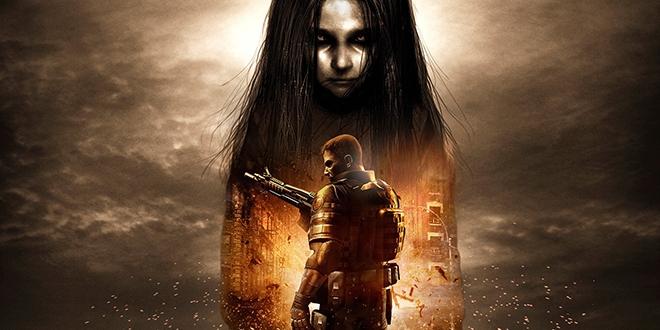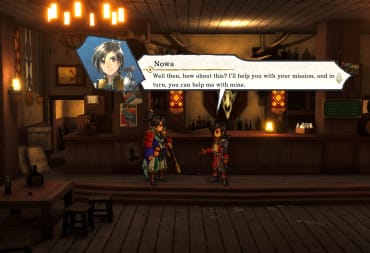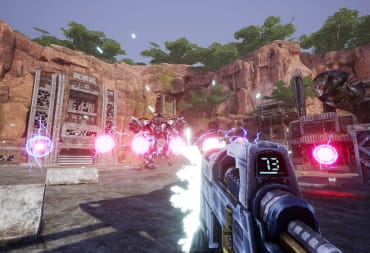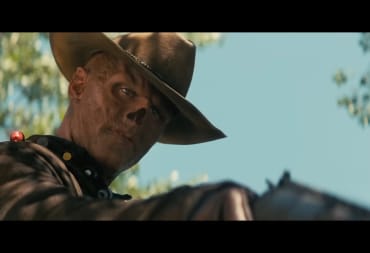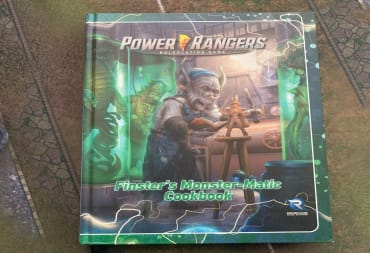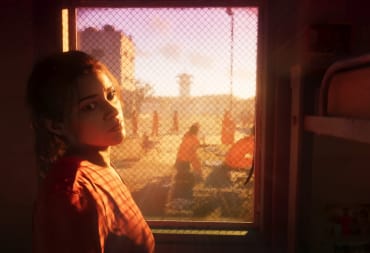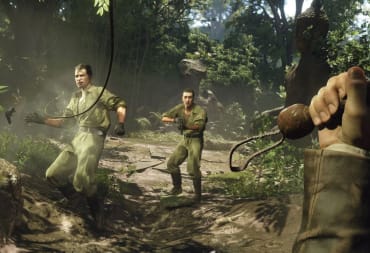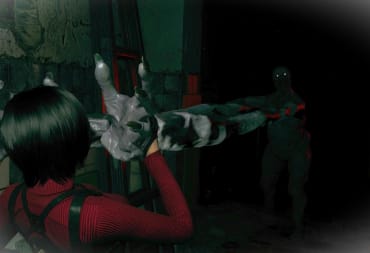Fear is an interesting emotion. When you feel it, you’re supposed to run away or fight for your life or generally wish to be somewhere, anywhere, else. Although, people seek it all the time. Horror movies, horror games, extreme sports etc. People seem to love the adrenaline rush of being scared in a controlled and safe environment.
I am not one of those people.
I dread games that are built around the fear factor. Though, I don’t mean I think horror games are bad games. I reckon Amnesia is a great game that touches all the right points. Despite that, it will stay at “15 minutes played” in my Steam account for the foreseeable future. I also don’t mind horror or creepy atmospheres per se. I love thrillers and I’m a big fan of Lovecraft. It’s the games that revolve around scaring the player that I really can’t play. I just don’t find that kind of adrenaline rush enjoyable. I think I’ll never have any interaction with Five Nights at Freddy’s or Outlast except for watching reaction videos of it.
There are exceptions to that. F.E.A.R. is probably the one that sticks out more for me.
F.E.A.R. is creepy and has a ton of jump scares. The game wants to scare you and is pretty damn good at it. It will hit you when you least expect it and will make you jump from your chair. Still, a scaredy cat like yours truly—It didn’t help that I was much younger when the game first came out—managed to find the courage to play it to the very end. That is because F.E.A.R. had much more than jump scares to offer the player, and those things kept me playing.
The non-horror related thing I remember the most about F.E.A.R. is the AI of the enemies. I remember vividly of an occurrence where a group of enemies were looking for me. I was in a corridor adjacent to the room the soldiers were. The enemies spread out to look for me and one came in my direction. I hid behind a crate that was half lifted by a forklift. One of the things that games teached me up to that day is that if you can’t see them, they can’t see you. Well, I didn’t expect the soldier to kneel down and look under the forklift.
But what left me flabbergasted was the fact that when the enemy found me, he didn’t start shooting like a generic “Bad_Guy#47” I was conditioned to expect. He ran back to the room where his allies were, told them my position and they positioned around the only entrance, waiting for me. That kind of believable behavior has stuck with to this day. Of course the main character was armed to the teeth and had superhuman reflexes, so they didn’t stand a chance but that’s beside the point.
The AI was only one aspect of the great gameplay that made me stick to the game. The gunplay was decent enough and the graphic quality was top notch for the time. I played the game again recently, and visually it looked much worse than I remembered. Of course the test of time is relentless, but the fact that I still held the game in my mind like it was a current gen title had a part in that. That damn nostalgia.
Given the premise of the article and the praise I gave to the game, you would think that the gameplay kept me intrigued despite the horror. Well, yes and no.
Yes, the game had cheap jump scares and yes, I hated each one of them. The rest of the horror theme, though, was so well made that, despite the fact that scared the hell out of me pretty often, it contributed to the whole atmosphere and plot development that I had no choice but to appreciate it.
Alma, the main “antagonist” of the game, is a pretty stereotypical ghost girl of the kind you find in Japanese horrors. Think of The Ring for example. You’ll have the pleasure to meet her time and time again, always with her tiny footprints made of blood. That little girl is one of the creepiest things I had the pleasure to hate. You would be walking through a section of a level and you’d find yourself in a white corridor with the lovely Alma slowly walking towards you … on the ceiling.
Yep, girl was scary, but the scariest parts of the game were not obvious. The supernatural action would happen in the level but very rarely it would be thrown in your face. If you suddenly noticed your HUD flickering and hear static noises, that would be the sign that something was happening around you. If you happened to look at the wrong direction, you could miss it. You are in an elevator, the lights start going crazy, the HUD flickers and suddenly for half a second that damn little girl appears in a dimly lit corner of the cabin. I thought it was genius because that mechanic would help develop the atmosphere for the simple fact that when you noticed what was happening in those few seconds, it would rarely seem forced.
https://www.youtube.com/watch?v=VCcVy8-nHOU You know what is the craziest part of that? Despite that kind of stuff scared me a lot, when I noticed the HUD going nuts, I would still look around to see what was happening as opposed of, I don’t know, not doing that. I think I didn’t even do that consciously. That’s the curiosity of the human mind for you. Still, makes you understand how clever that kind of design is.
F.E.A.R. is one of the few horror games—intended as scary horror not let’s shoot zombies horror, I’m great at those ones—that had the capacity to keep me playing it. This year marks the tenth anniversary of the release of the original one. You should check it out.
If you’re not scared, of course.
Did you ever play F.E.A.R.? What's your opinion on horror games? Let us know in the comments.
Have a tip, or want to point out something we missed? Leave a Comment or e-mail us at tips@techraptor.net
